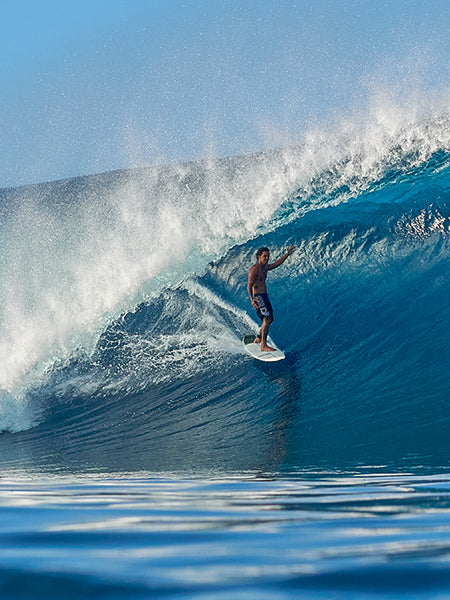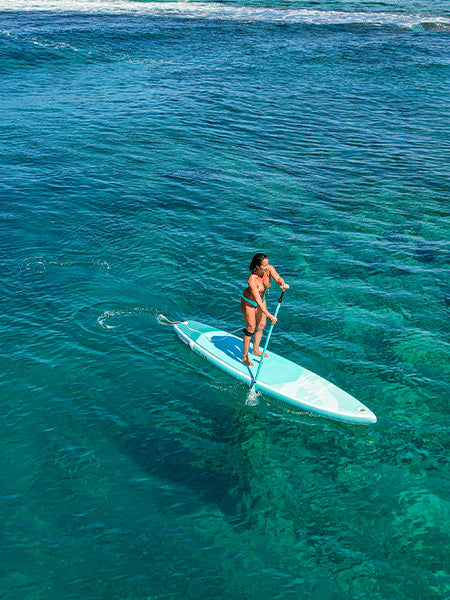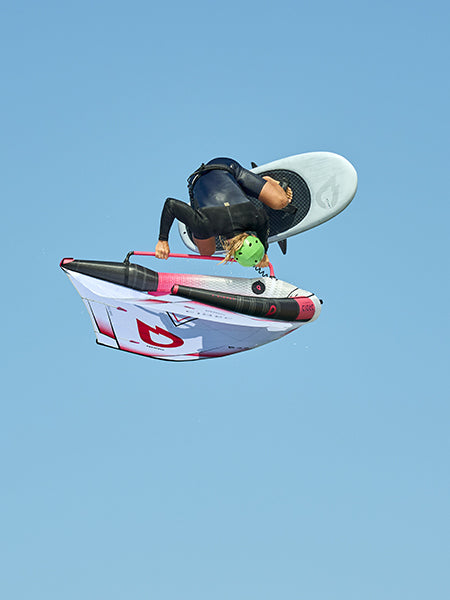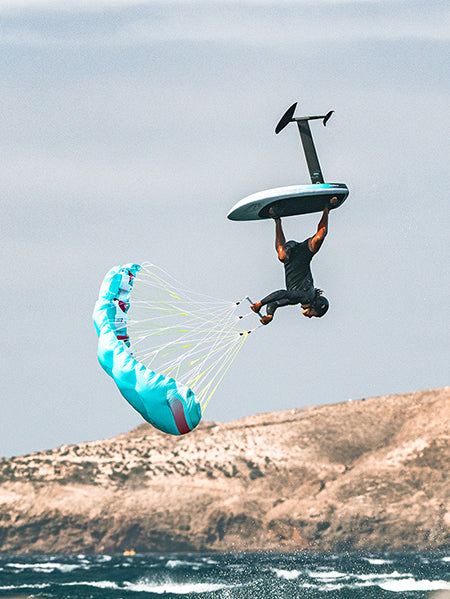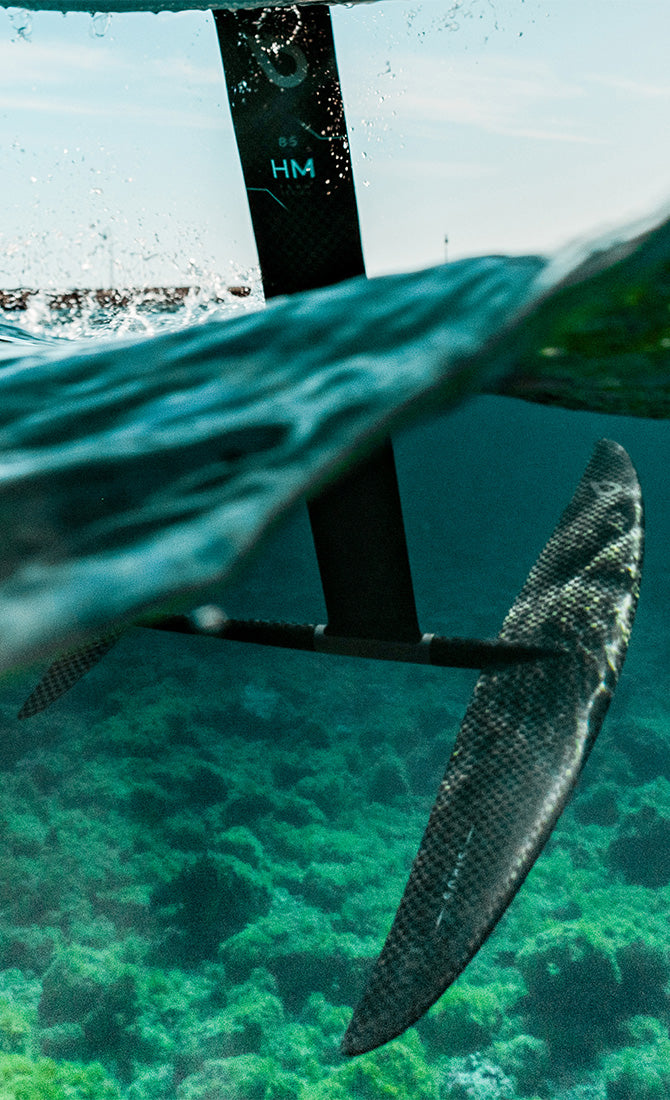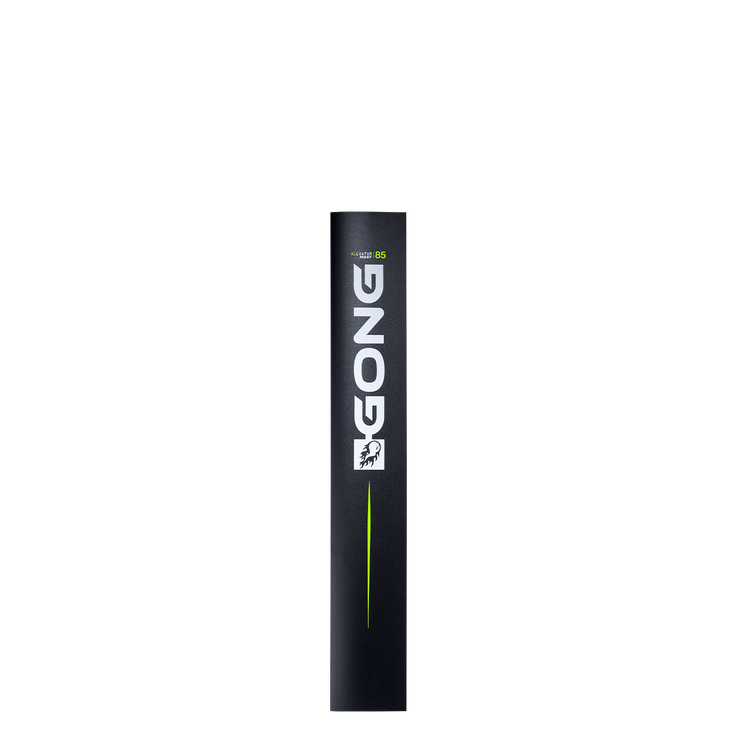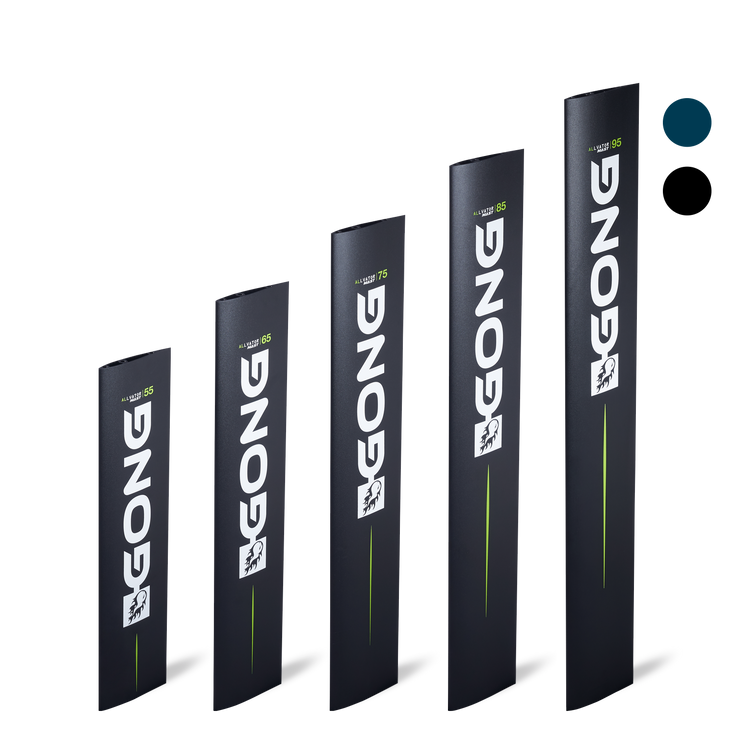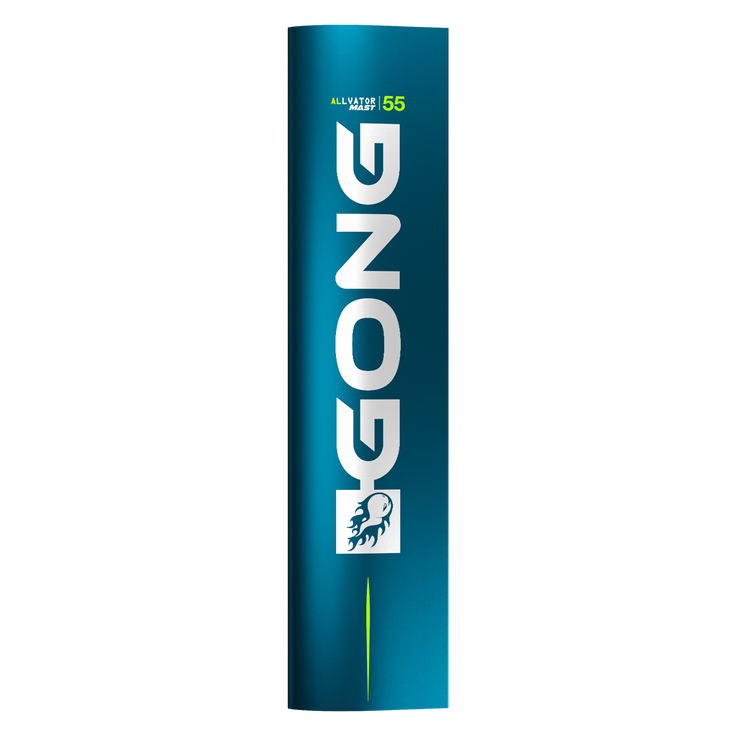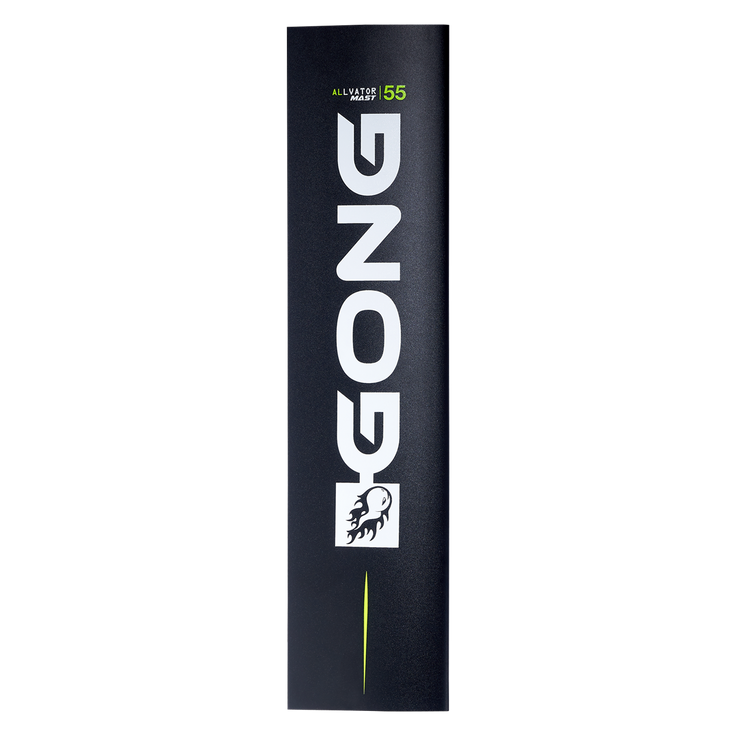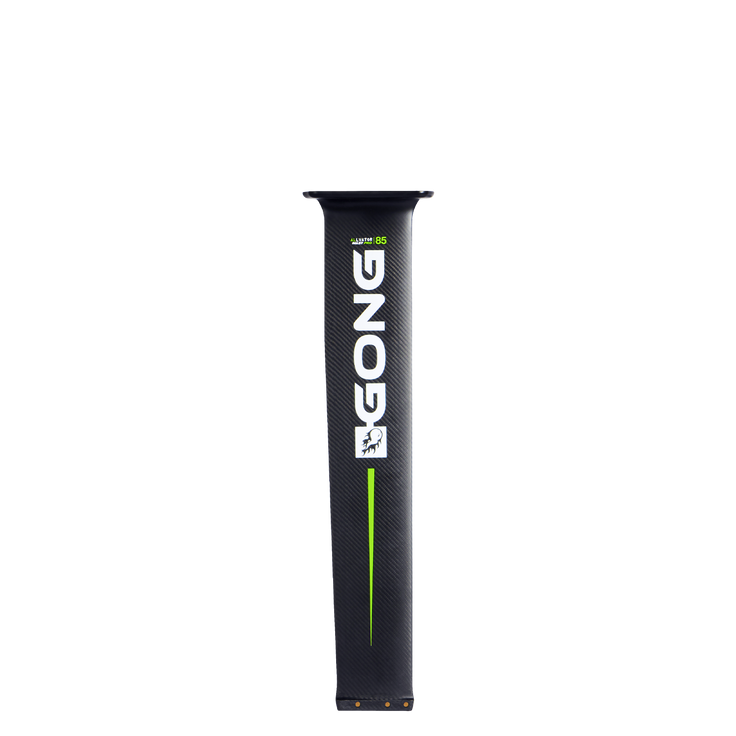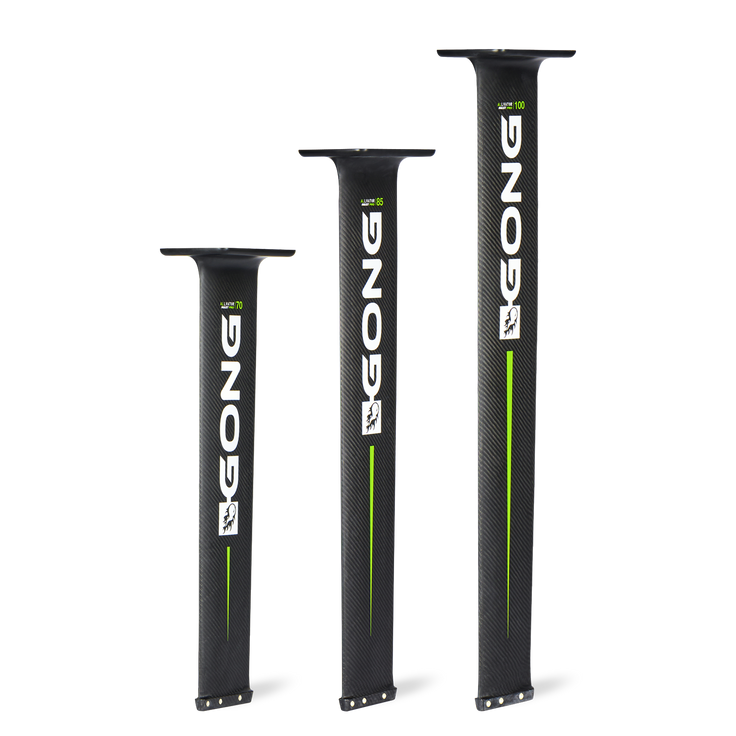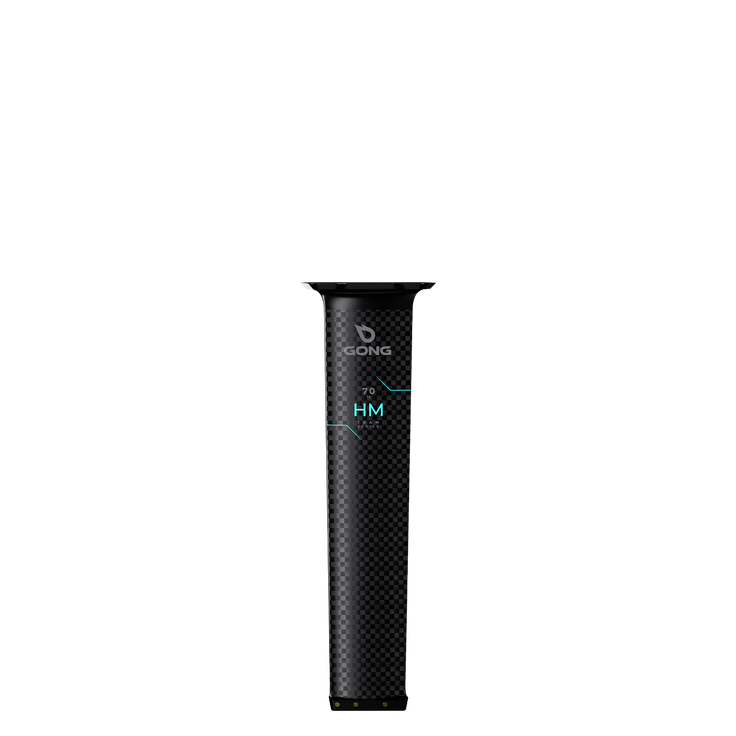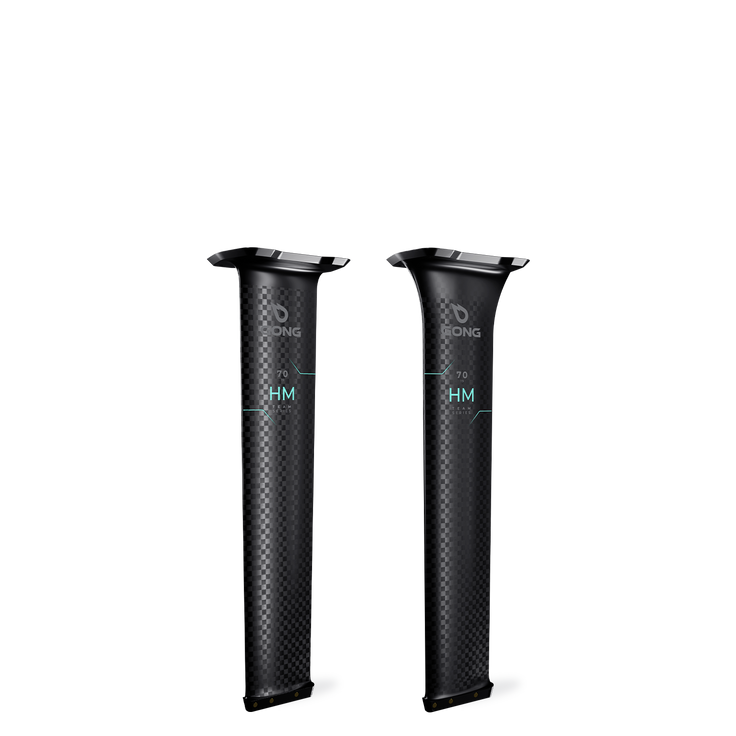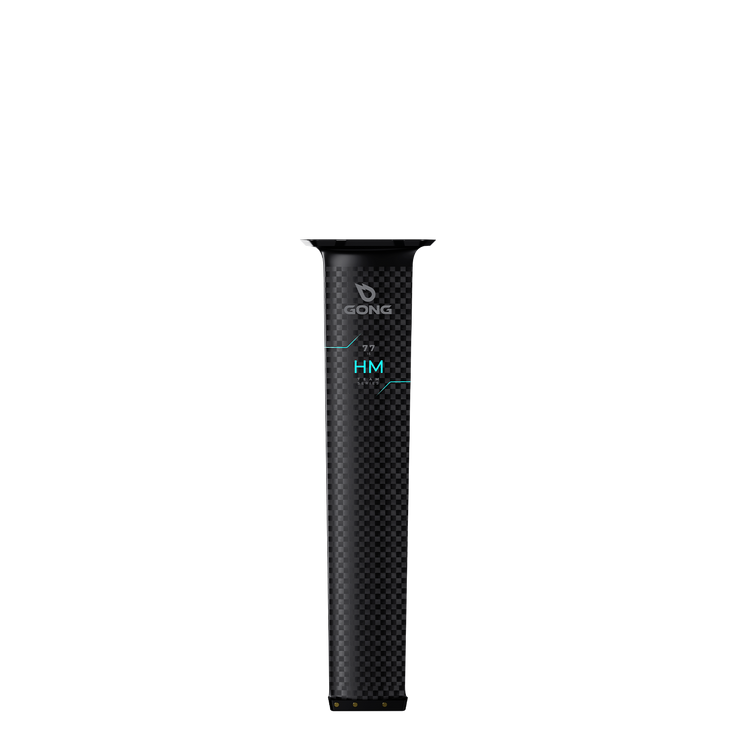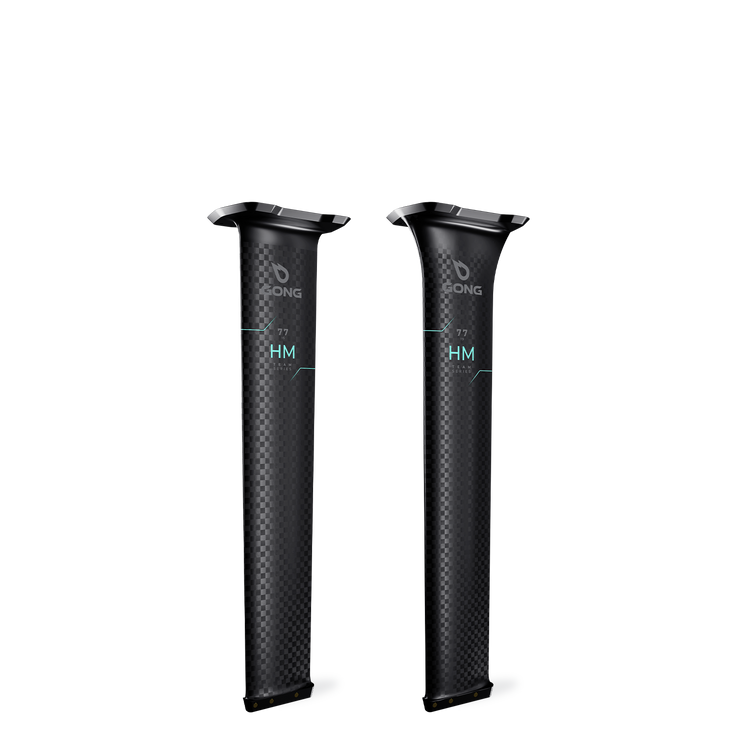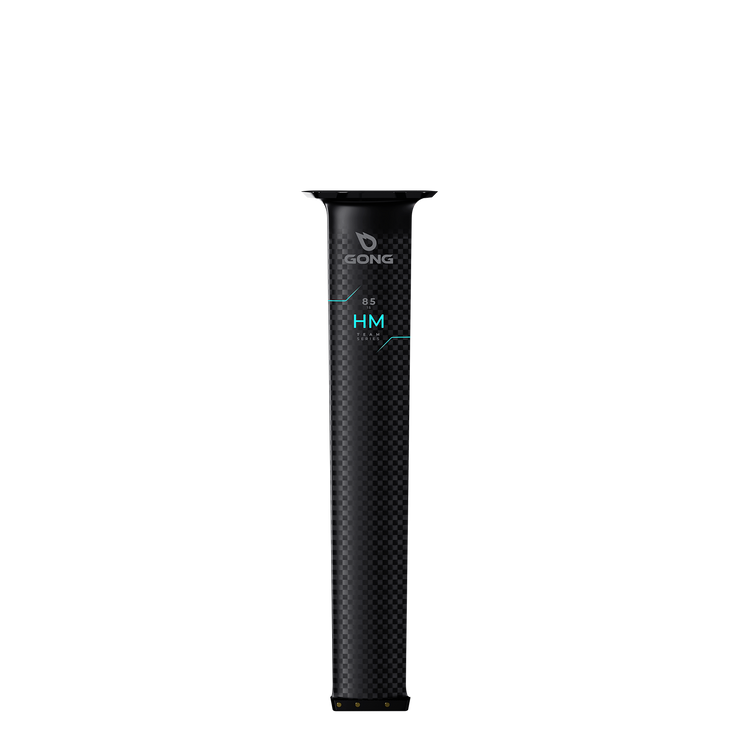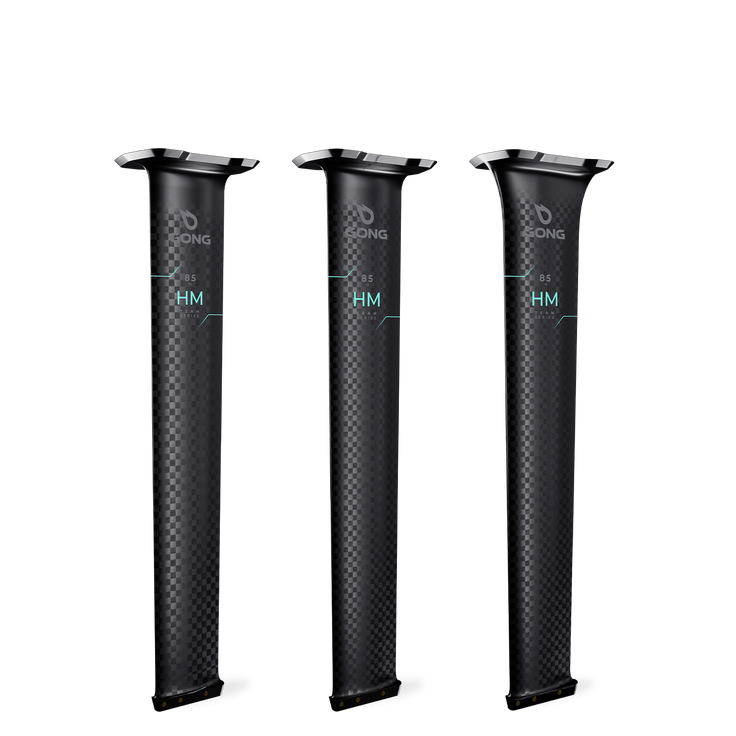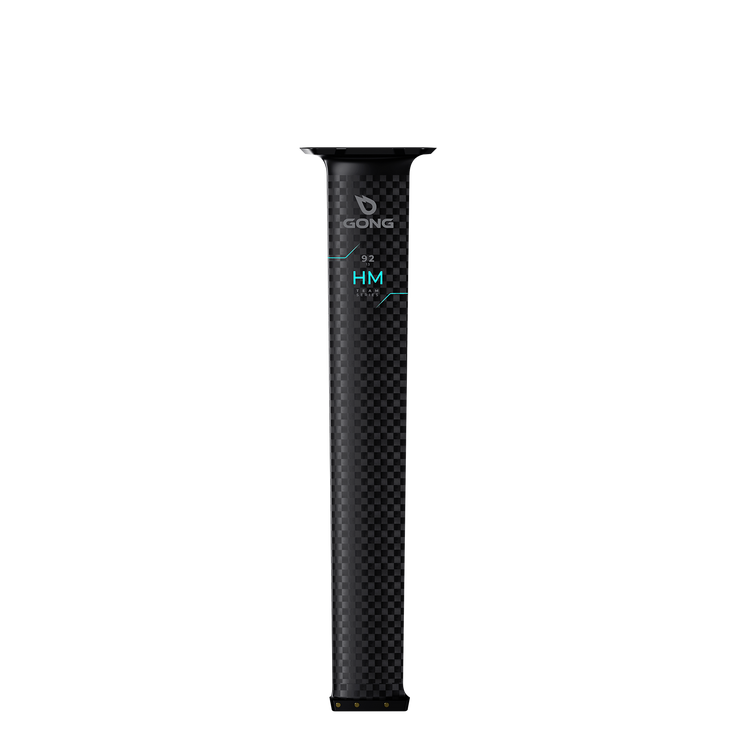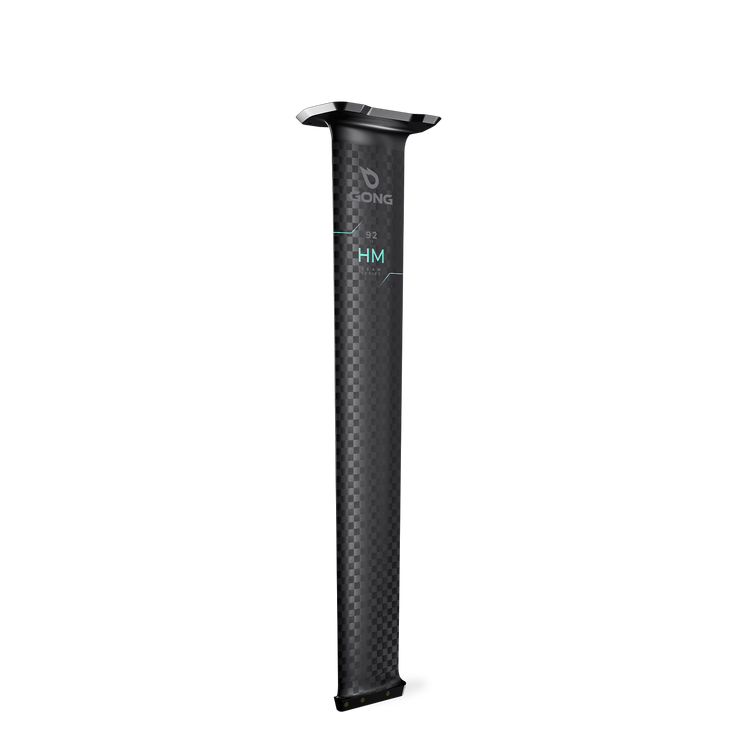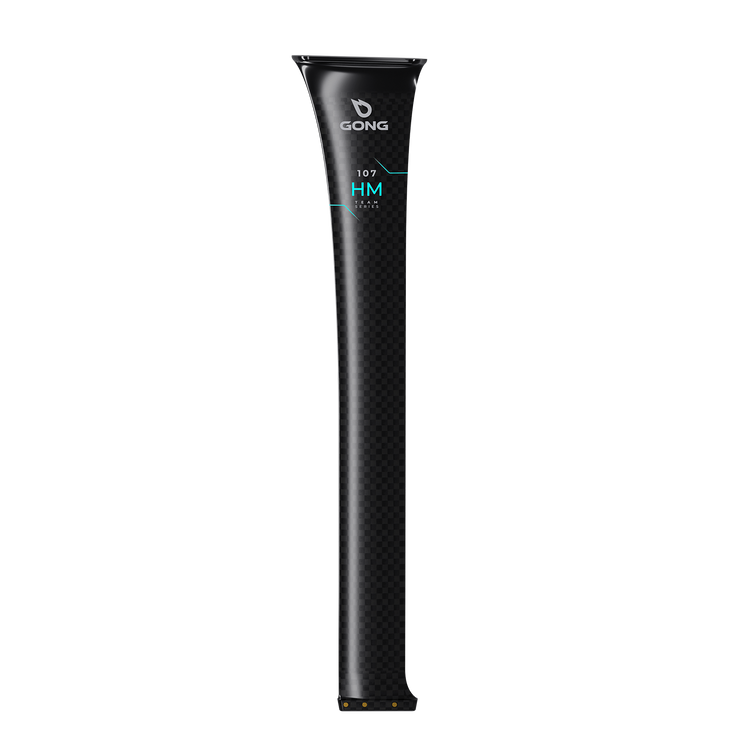Choosing your wingfoil mast
Identify the mast you need for your wing foil sessions!
You have two options when gearing up for wing foiling, especially when it comes to choosing your mast:
- Either compose your own foil with the help of a spare parts catalog.
- Or equip yourself with a pack that includes a complete foil setup with mast, front wing, fuselage, stab, screws and carrying bag. In which case, you should have a look at our pack offers: Complete foil setups / Complete packs with board/wing.
The second solution is the simplest, as our packs offer the most suitable mast for your use, according to your level.
If you want to compose your foil piece by piece, there are three elements to consider when choosing your mast: length of the mast, boxes and technology of the board.

Length
Except for your first flights, when a short 65-70 cm mast can help, you'll have everything to gain from a longer mast. The extra length provides more room for error, making it easier and ultimately leading to better performance. That's why all our complete wingfoil packs feature foil masts of at least 85cm.
While 85cm masts are the standard in most practices, the HM92 mast can be a good option for wave riding, for example, especially in bigger conditions where it offers more margin.
The HM92 mast is recommended for freeride/freerace, where higher speeds and the angle of the board require greater distance from the water's surface. For advanced riders fully dedicated to Race and Slalom, the HM107 mast will deliver the highest performance, as its profile is ultra-specialized for speed.

Wingfoiler: Bastien, GONG team rider GONG, with a Racer FSP Pro, a Pulse DP UPE Aramid and a HM107 mast.
The foil boxes of your board
Not all masts are compatible with all boards. The most common foil boxes are the US rails, which is also the system used for GONG boards in all sports (wing foil, kite foil, surf foil, SUP foil and pump foil).
On all our boards, GONG double-entry boxes allow you to attach your mast with just a few key turns. In fact, our SCS solution, for rigid or inflatable boards, illustrated below, allows you to leave the screws in place and simply fit the 4 screws in a single movement on the board and tighten them with your key. This saves time and ensures that you never lose your screws or spend time looking for them.

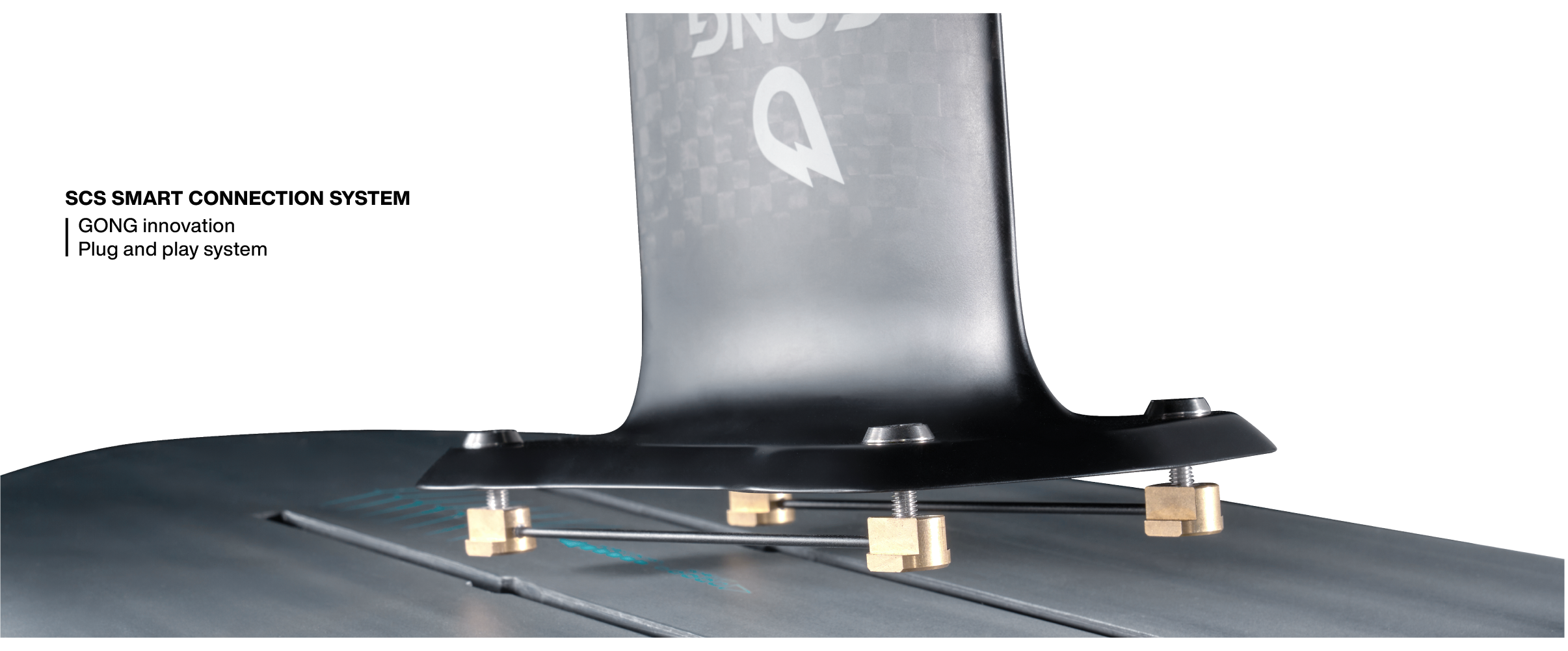
Techno
We offer 3 high-end technologies:
- Aluminum masts: The most affordable option. They offer very good rigidity but fall short in terms of dynamism and shape, as this technology doesn't allow for the same level of detailed and refined profiling as carbon. Additionally, aluminum is heavier than carbon.
- Carbon masts: For a weight/stiffness/strength compromise.
- HM masts: For ultimate performance, especially in terms of rigidity.
And the main thing when it comes to foil masts is rigidity. A perfectly rigid mast is a real game changer and a must have for very large front wings. The rigidity of your mast ensures that all your intentions are transmitted directly to the foil, without flutter or parasitic movement. This results in sessions with greater confidence and precision in your turns or jump initiations, leading to significantly improved performance and commitment.
The advantage of carbon over aluminum, apart from its lightness and dynamism (under stress, carbon will return to its initial shape twice as fast as aluminum), is that you can work on the mast's shape on different sections, for example by thinning its thickness at the bottom to gain speed, and widening it at the top to gain rigidity.
We’ll tell you more about choosing the technology in this How To: Choose between an aluminum or carbon mast?

